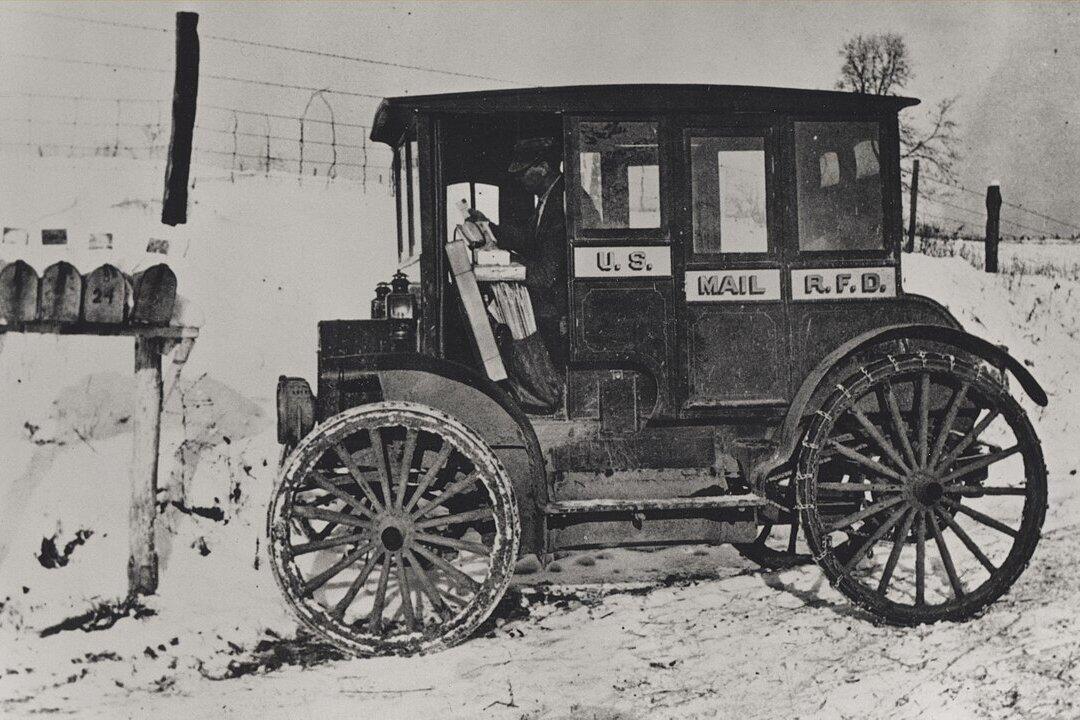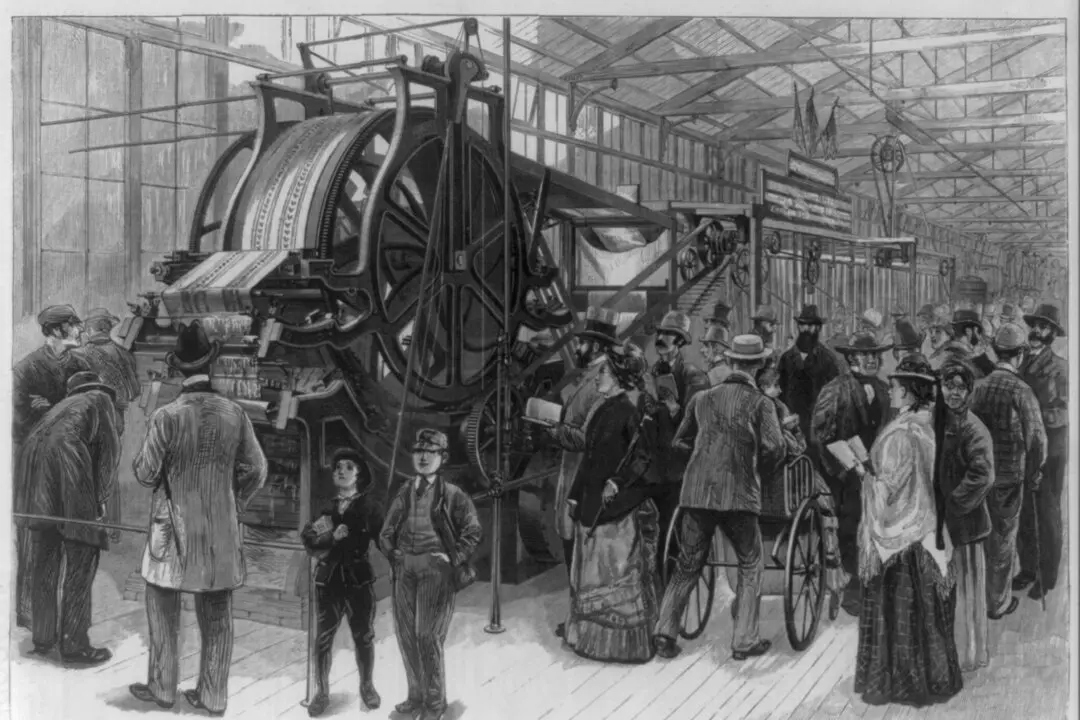Americans have grown accustomed to having just about anything they need delivered to them regardless of where they live. However, this wasn’t always the case.
The United States Postal Service (USPS) experimented with its first trial of Rural Free Delivery (RFD) in West Virginia in 1890. Before RFD, only those who lived within a town proper got mail delivered to their house. The other roughly 65 percent of the country’s population who lived in rural areas weren’t as fortunate.






